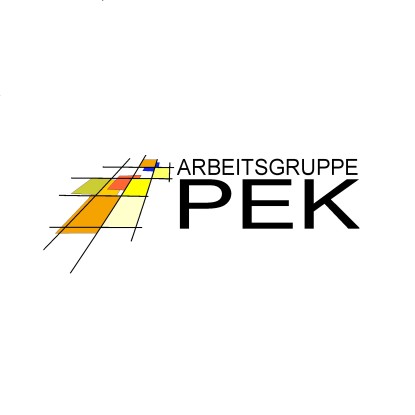New paper in Computer and Geotechnics: “Application of advanced soil constitutive models to investigate complex soil-structure interaction issues in integral abutment bridges”
2025/11/26

In collaboration with M. S. K. Hassan, D. S. Liyanapathirana and W. Fuentes from Western Sydney University, we investigate the long-term soil–structure interaction in integral abutment bridges subjected to seasonal temperature cycles. The work focuses on stress ratcheting in the backfill and the associated accumulation of settlements behind the abutment.
For the numerical analyses, we employ the finite element program numgeo developed at the Institute of Geotechnics (IfG), which incorporates advanced constitutive models for cyclic soil behaviour (including SANISAND-MSf, Hypo-IS and Hypo-ISA) as well as specialised hypoplastic contact models for soil–structure interaction that also capture the effects of cyclic loading (e.g. Hypo-ISF). The model parameters are calibrated using the automatic calibration tool numgeo-ACT, also developed at IfG, based on oedometer tests and monotonic and cyclic triaxial tests on UWA sand. Simulations of centrifuge tests on integral abutment bridge models by Tapper and Lehane demonstrate that the numerical framework can realistically capture both the evolution of passive earth pressures and the long-term densification and settlement of the backfill over hundreds of temperature cycles. The results show that the combination of SANISAND-MSf for the soil with the hypoplastic contact model Hypo-ISF for the soil–structure interface reproduces the measured stress and settlement profiles very well and clearly outperforms conventional Mohr–Coulomb-based modelling approaches.
Check out the full article here.



